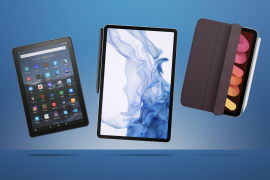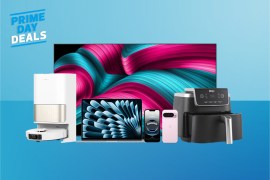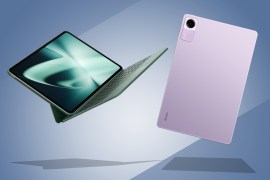OnePlus Open vs Samsung Galaxy Z Fold 5 vs Google Pixel Fold: which is best?
How does the OnePlus Open compare to its key rivals
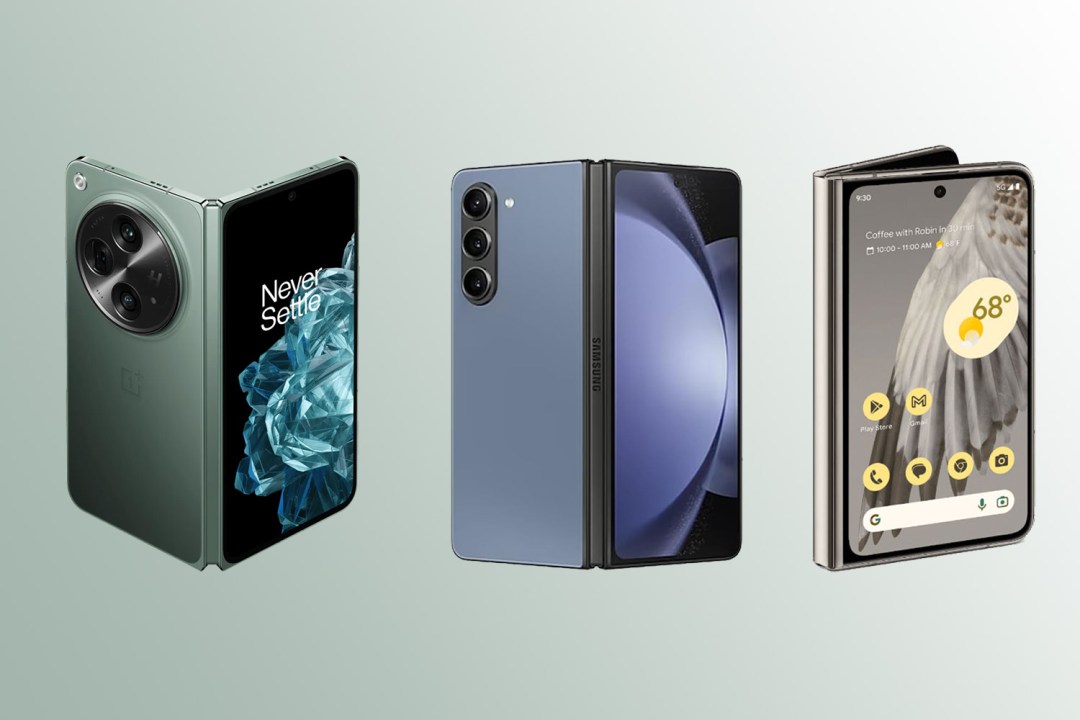
The OnePlus Open phone has been officially announced and it’ll be released in the US, the UK, India and Europe shortly. Here’s the OnePlus Open versus its key rivals.
We’ve used the OnePlus Open quite a bit now, so we thought we should pitch it against two of the other hottest foldable phones right now in the form of Samsung’s Galaxy Z Fold 5 and the also fairly new Google Pixel Fold. Here’s how they compare.
Coincidentally in our image galleries below, it’s OnePlus, then Samsung, then Google Pixel from left to right.
Design & build
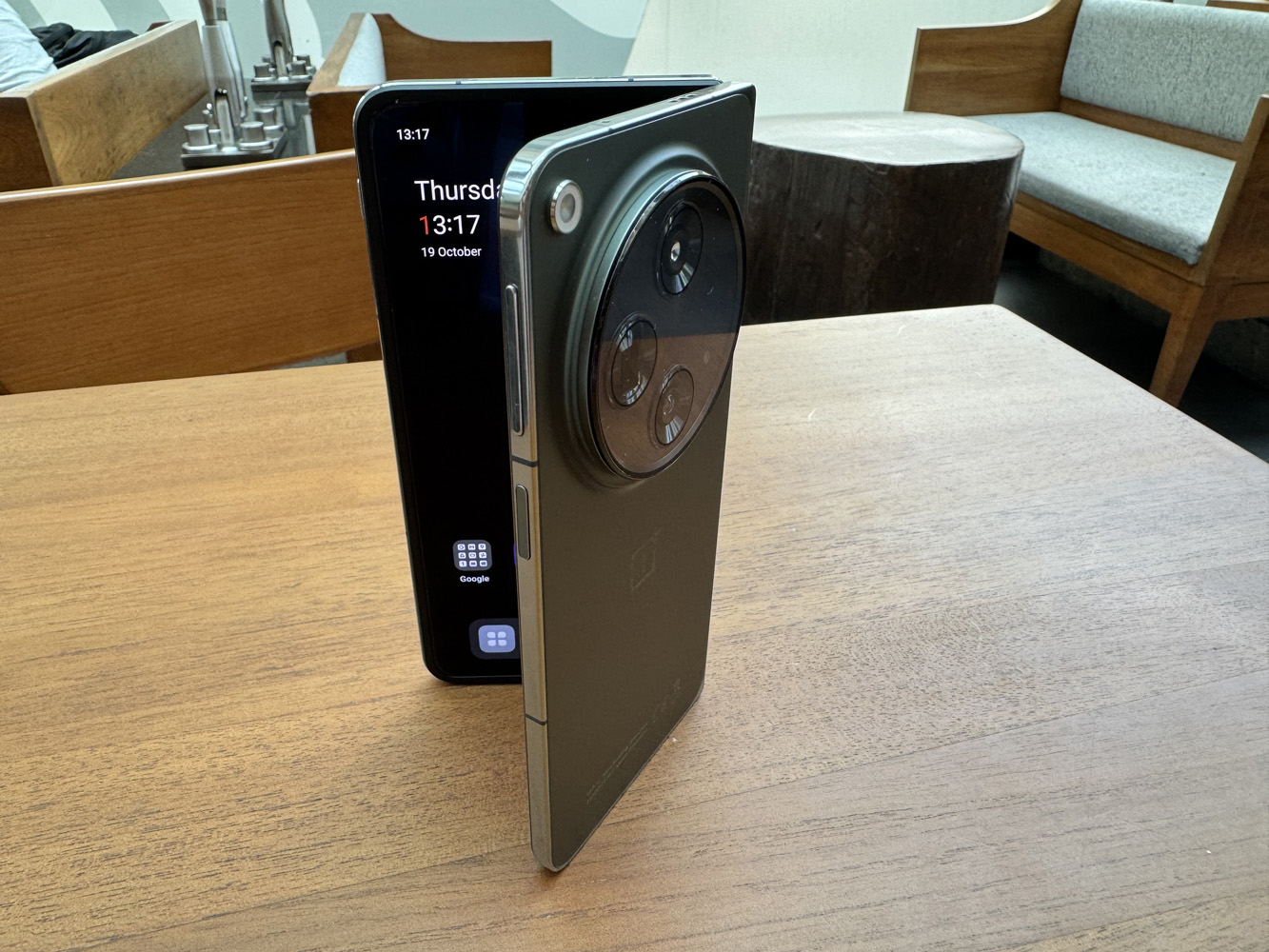
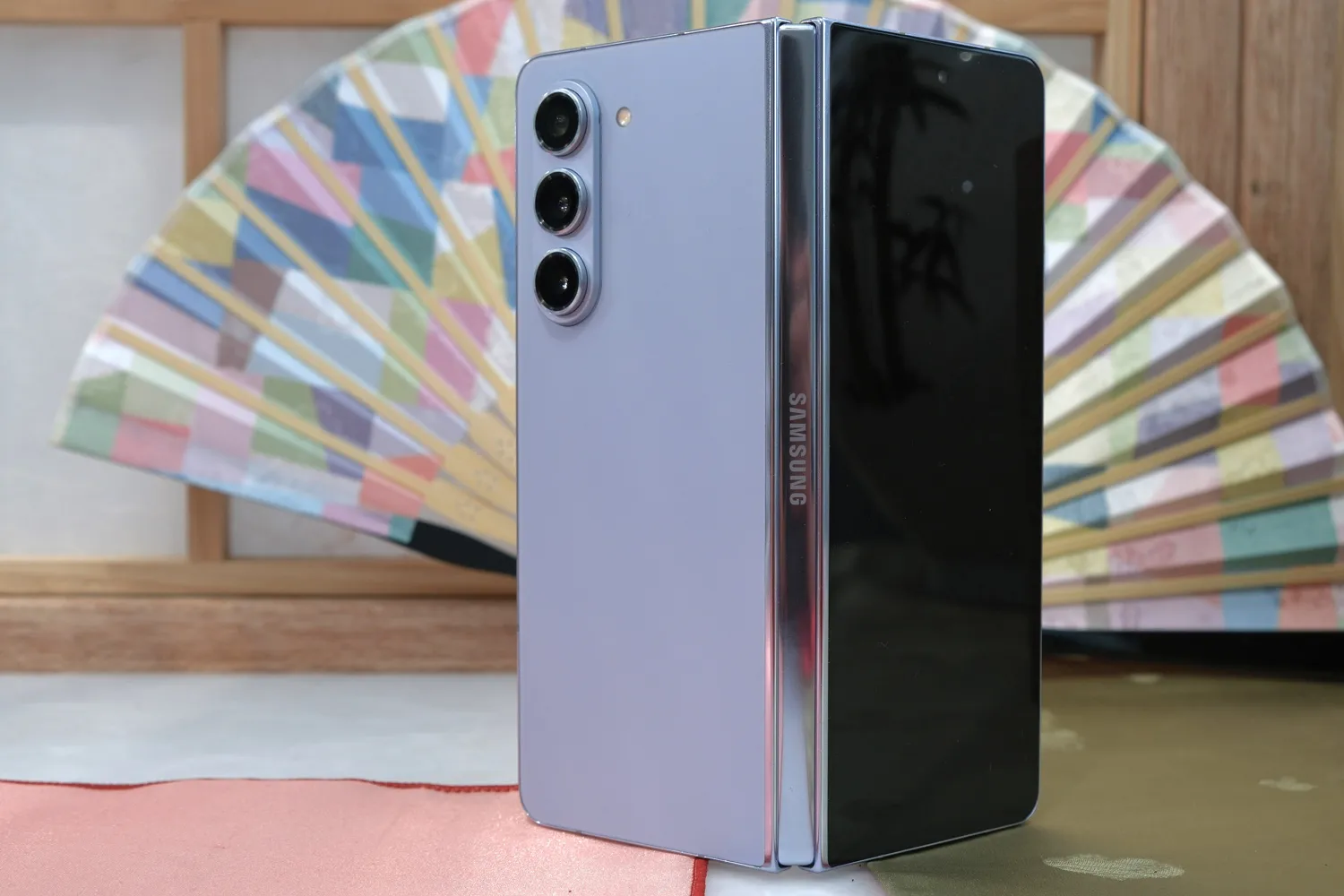
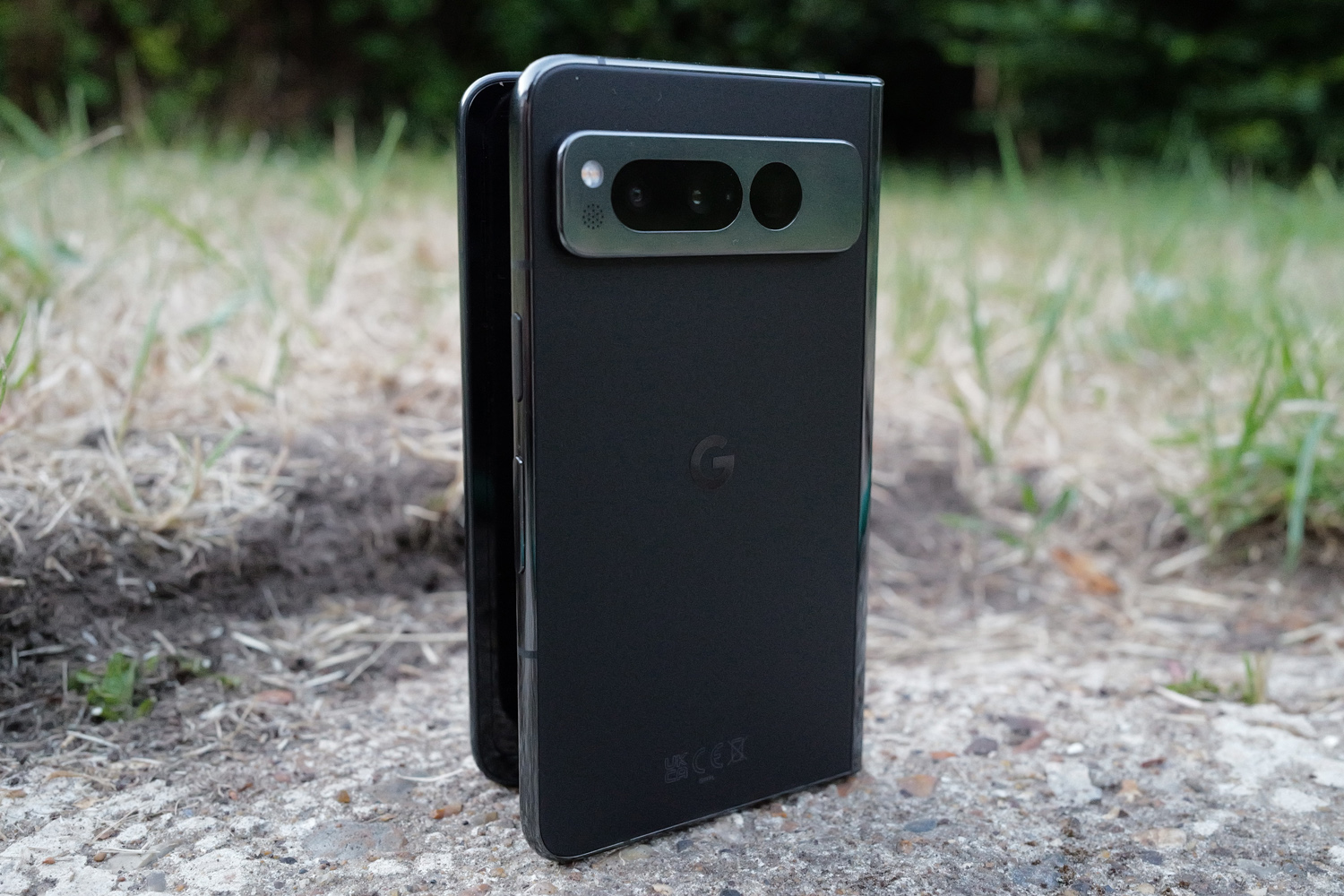
The OnePlus may have the largest external display at 6.3in, but it’s the lightest of the three phones, clocking in at 245g for the Emerald Green model (it’s also available in the 6g lighter Voyager Black, though not in Europe).
OnePlus has a gapless design for the Open thanks to the Flexion hinge and Samsung has also made sure that this time around there would be no gap between the two halves of the display when closes. The Galaxy Z Fold 5 external display is only slightly smaller, at 6.2in, but it weighs around 10g more than the OnePlus. It’s available in Graphite, Cream and Icy Blue colours.
Google’s effort is the smallest, with a wider 5.8in display on the outside – it’s a shorter form factor, in other words. But it’s also the heaviest, too, clocking in at a rather pocket-unfriendly 283g. It’s available in either Obsidian or Porcelain colours.
All three phones have side-mounted fingerprint sensors which double as power buttons. None has a 3.5mm headphone jack. All charge via USB-C as you’d expect.
Screen & sound
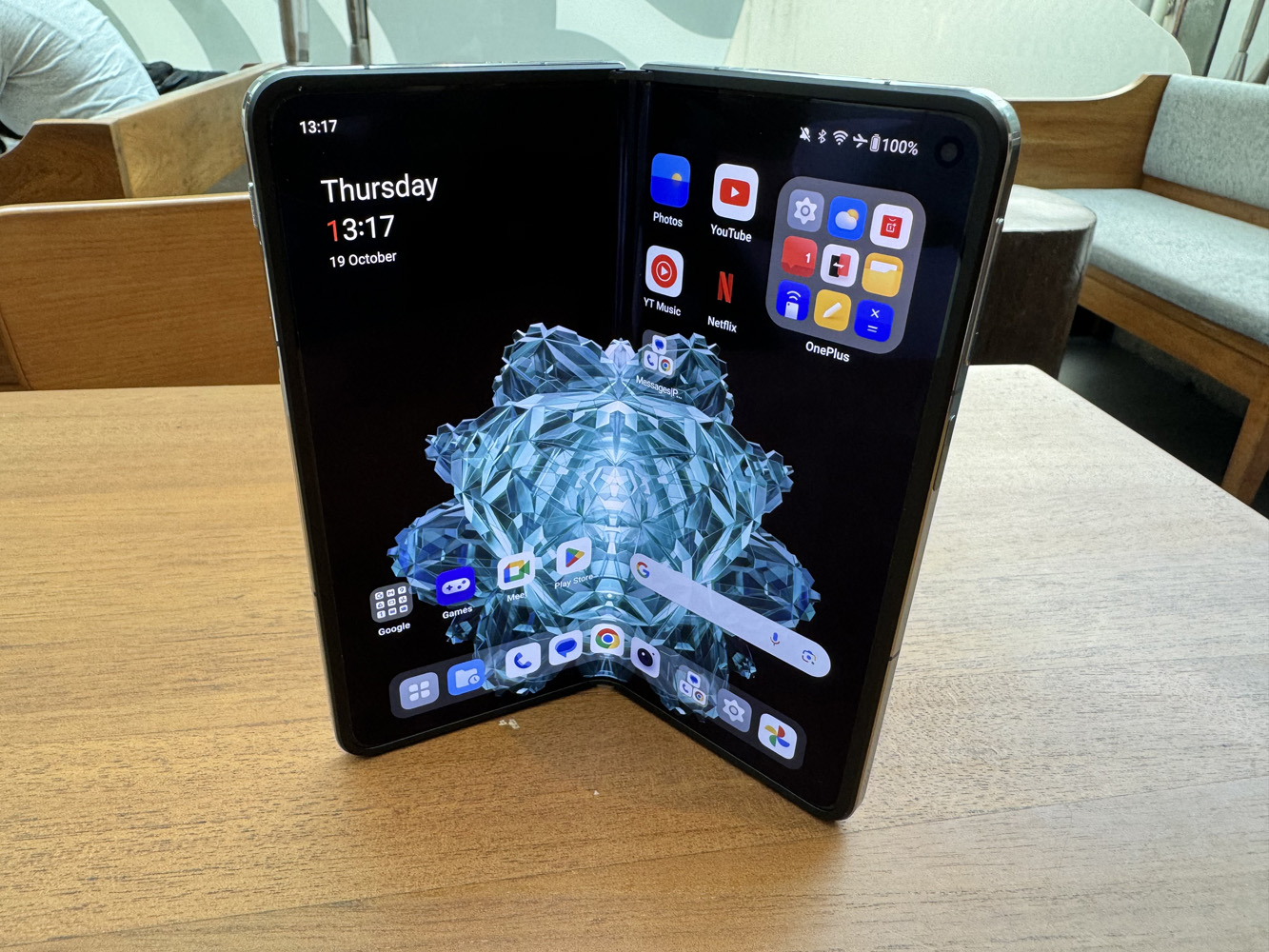
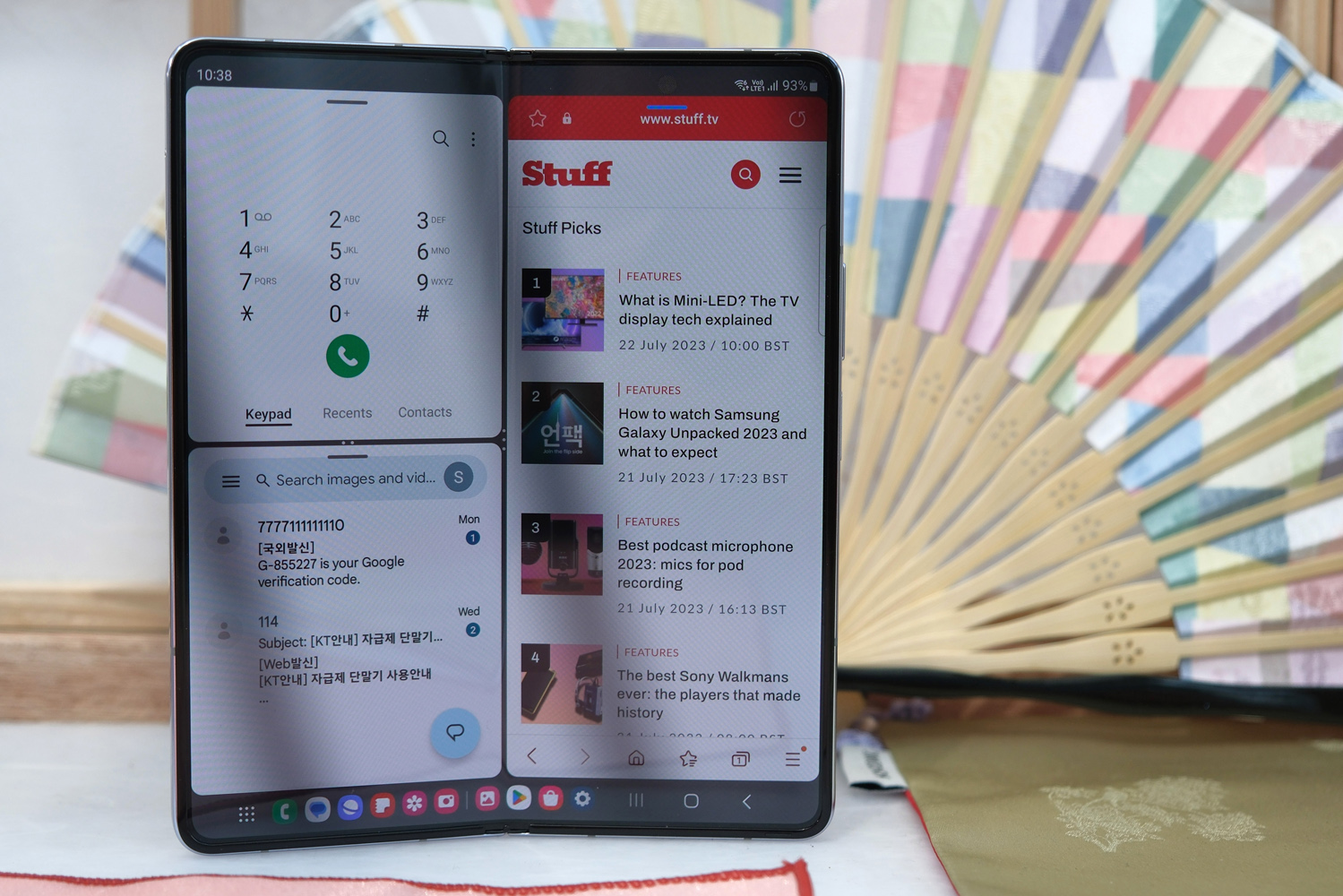
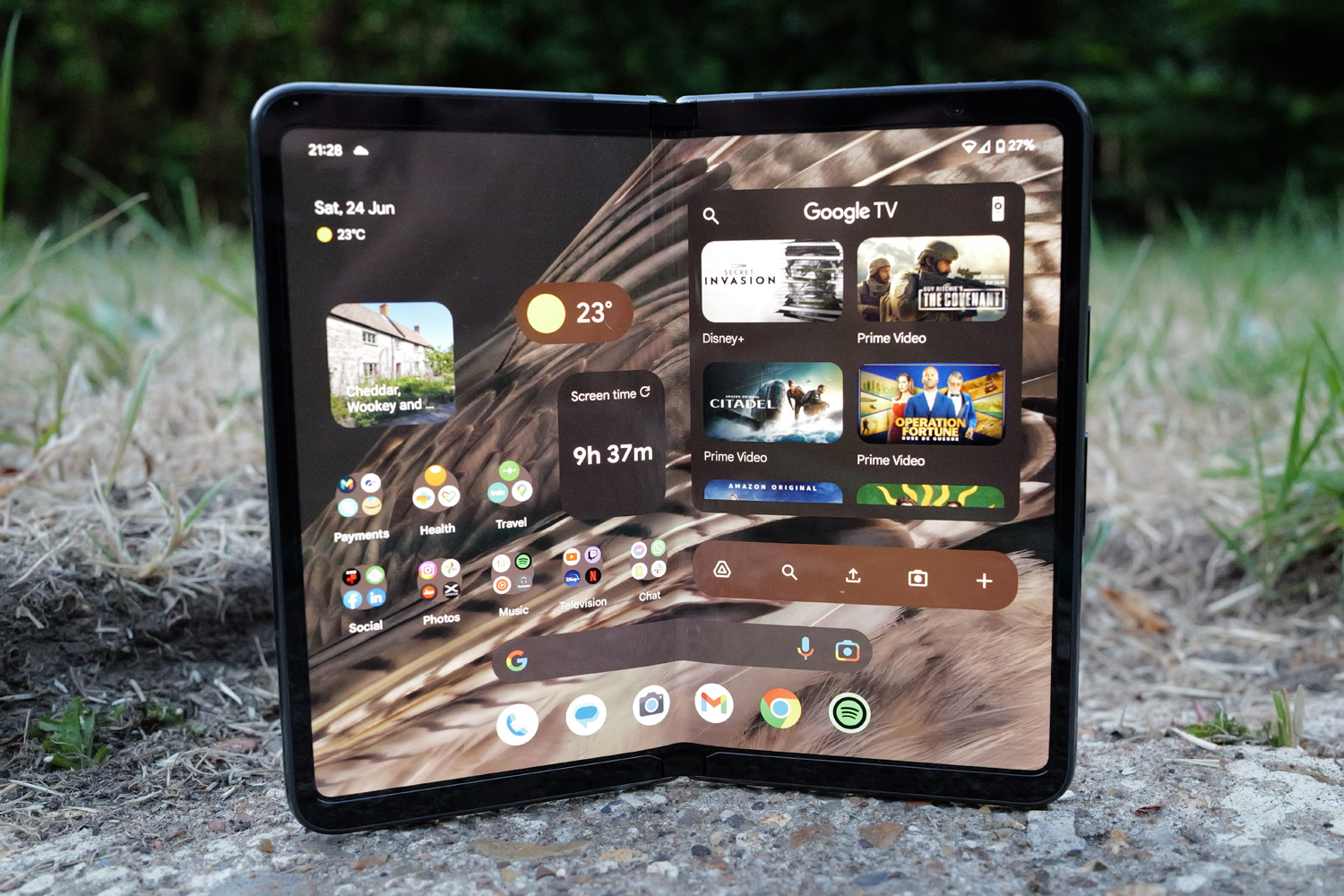
As we mentioned, the OnePlus Open has the largest external display at 6.3in (2484×1116 pixels, 20:09 aspect ratio) and it also takes the crown internally, too with a 7.82in, 2440×2268 effort. Both displays are AMOLED, capable of 120Hz refresh rates. OnePlus has chosen to use Ultra Thin Glass on both displays for protection.
The Galaxy Z Fold 5’s outer screen is 6.2in (2316×904), with a skinny 23.1:9 aspect ratio protected by Gorilla Glass Victus 2. Google’s 5.8in 2092×1080 display is smaller, but it has a higher resolution and it’s protected by Corning’s Gorilla Glass Victus. Again both are capable of 120Hz.
Both the Samsung and Google have 7.6in internal displays capable of 120Hz, both of which have smaller resolutions than the larger OnePlus display. Google has the edge on Samsung with 2208×1840 resolution to the Z Fold 5’s 2176×1812, but they’re pretty similar.
In terms of peak brightness the Pixel can hit 1450 nits; the Galaxy can hit 1750 nits but the OnePlus can get up to 2800nits peak.
Cameras
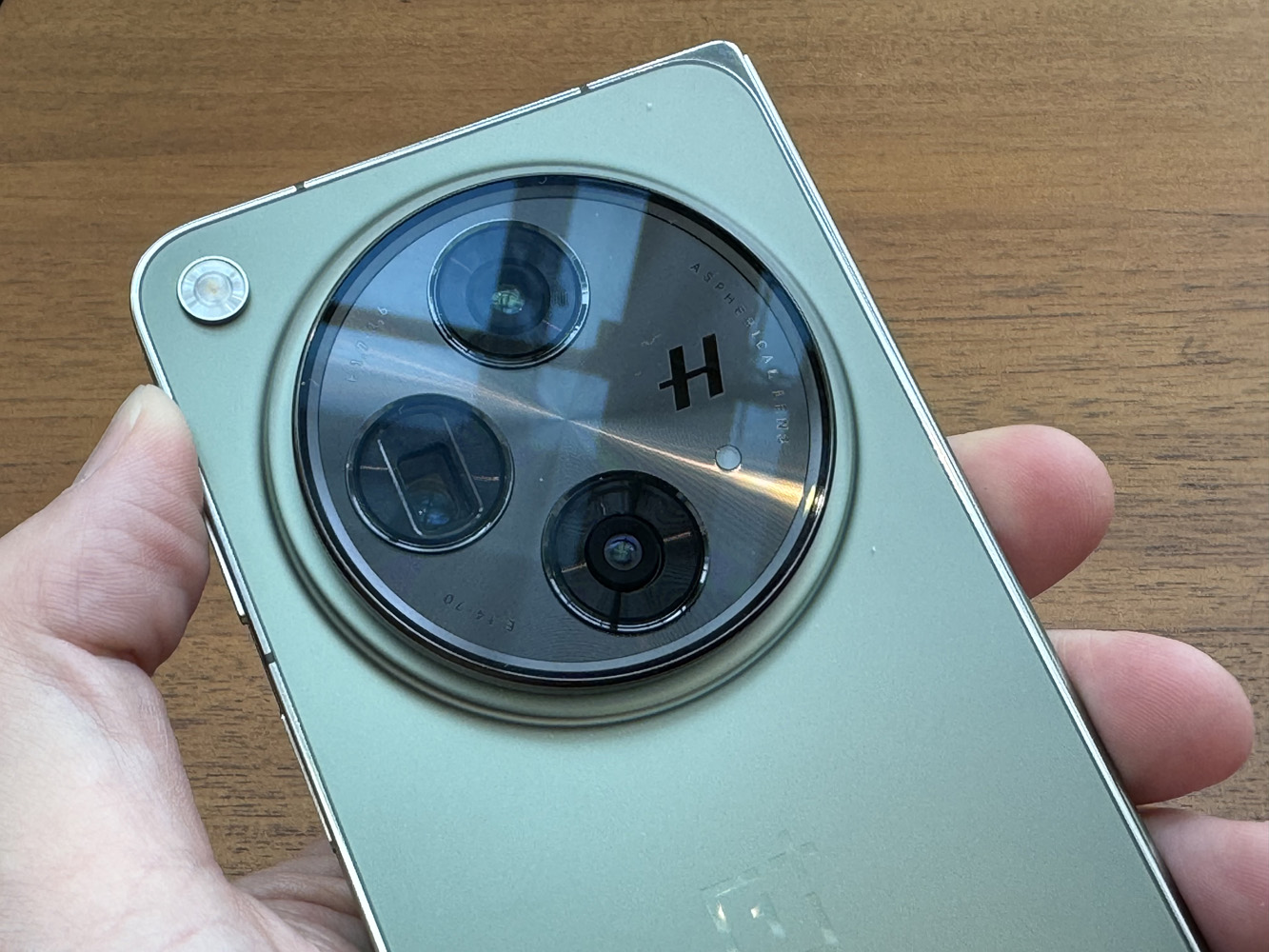
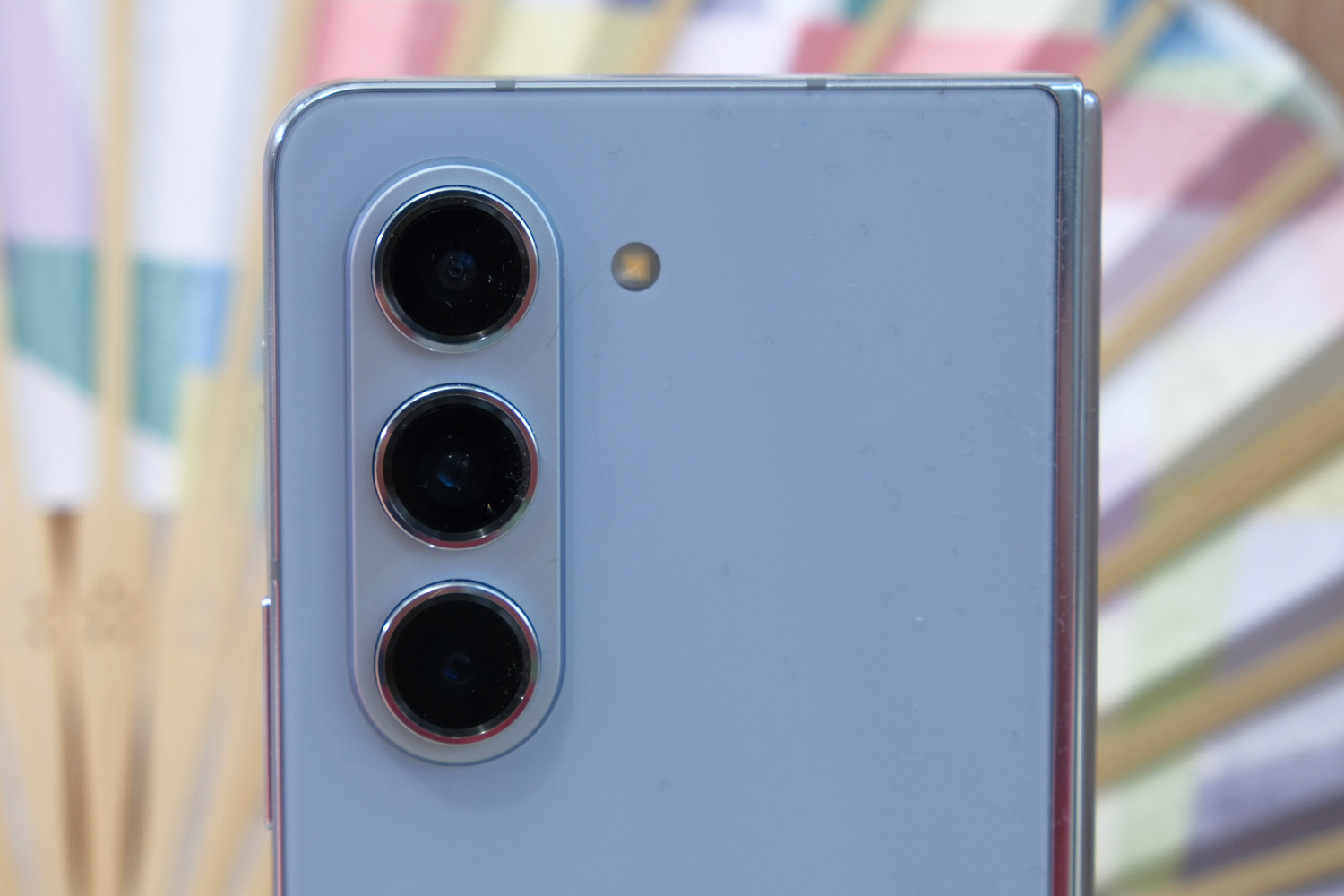
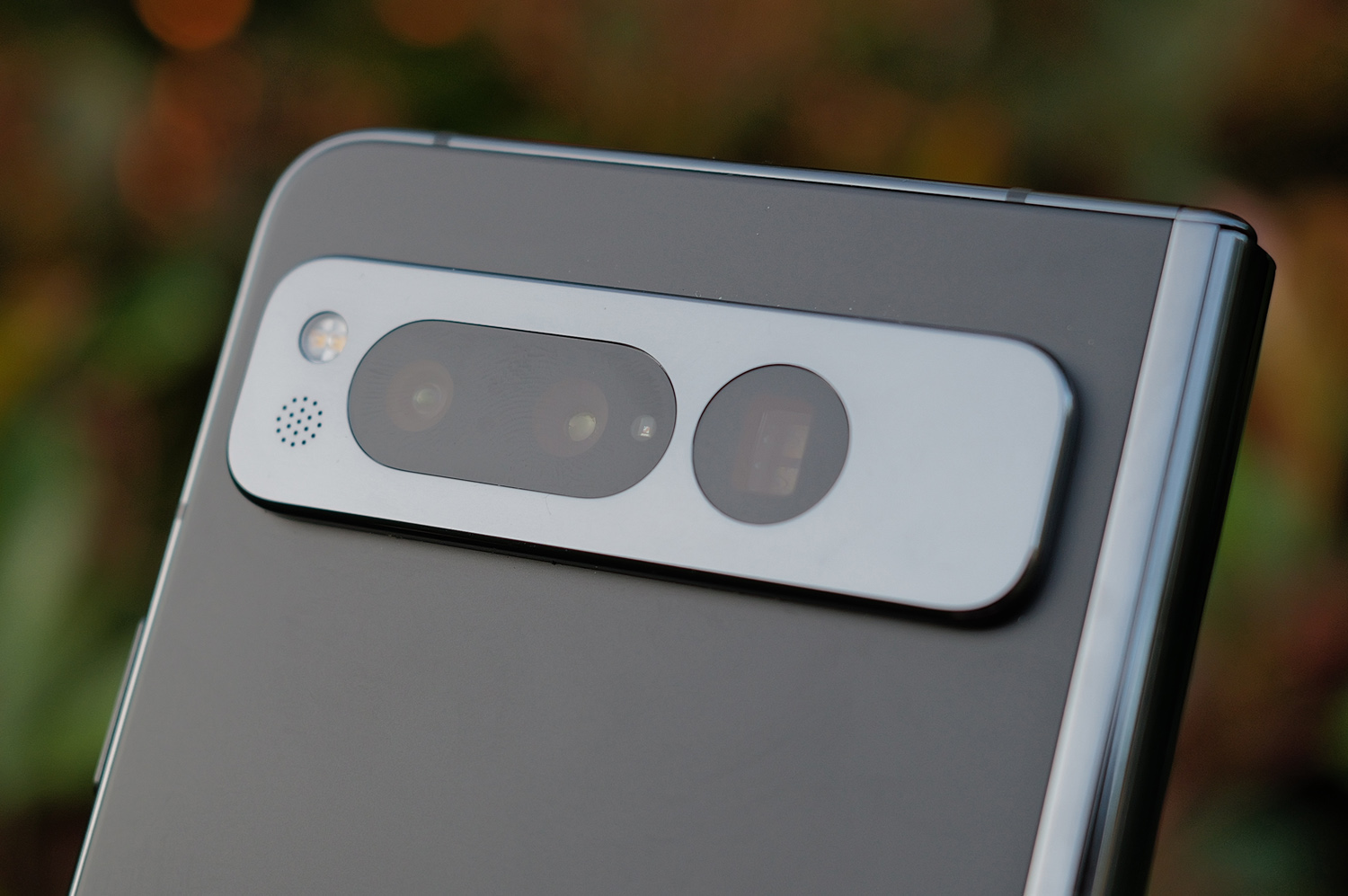
OnePlus’ triple of Hasselblad-enhanced cameras does impress and it’s mostly down to the deployment of Sony’s very latest LYTIA sensors, the first time they’ve been put into a foldable smartphone. The main Sony LYTIA-T808 48MP f/1.7 unit supports pixel stacking tech. There’s a 64MP 3x telephoto that also incorporates a 6x hybrid zoom plus a huge 120x digital zoom. Finally, there’s a 48MP ultrawide, which like every ultrawide is just fine. The dual front cams are 32MP inside and 20MP outside. An impressive lineup indeed.
The Galaxy Z Fold 5 sticks with the same camera setup as the Z Fold 4. The rear trio comprises a 50MP main snapper, 10MP telephoto and a 12MP ultrawide which is very similar to many regular smartphones. a 10MP punch-hole selfie cam on the outer display; and a 4MP webcam underneath the inner screen. A 30x Space Zoom (digital zoom) is also offered, which is more than enough for most.
We know the Z Fold 5 can take some good shots, but clearly on paper things are less impressive than the OnePlus Fold can offer.
The Pixel Fold has a fairly similar selection to the Galaxy Z Fold 5, with a 48MP main snapper, 10.8MP telephoto and a 10.8MP ultrawide. That telephoto is best of the trio though, with 5x optical zoom. It also offers a 20x Super Res Zoom. There’s also an 8MP selfie cam inside and a 9.5MP selfie cam on the outside.
As with the Pixel 7 and 8 range, a lot of heavy lifting is done by the Pixel software, and the photos do impress. However, it’s clear the OnePlus has a slight edge on the other two options here. Certainly the Z Fold 5 and Pixel Fold are very close with probably only the 5x zoom of the latter pushing it a little ahead. All three of these phones now have far-reaching digital zooms.
Performance & battery
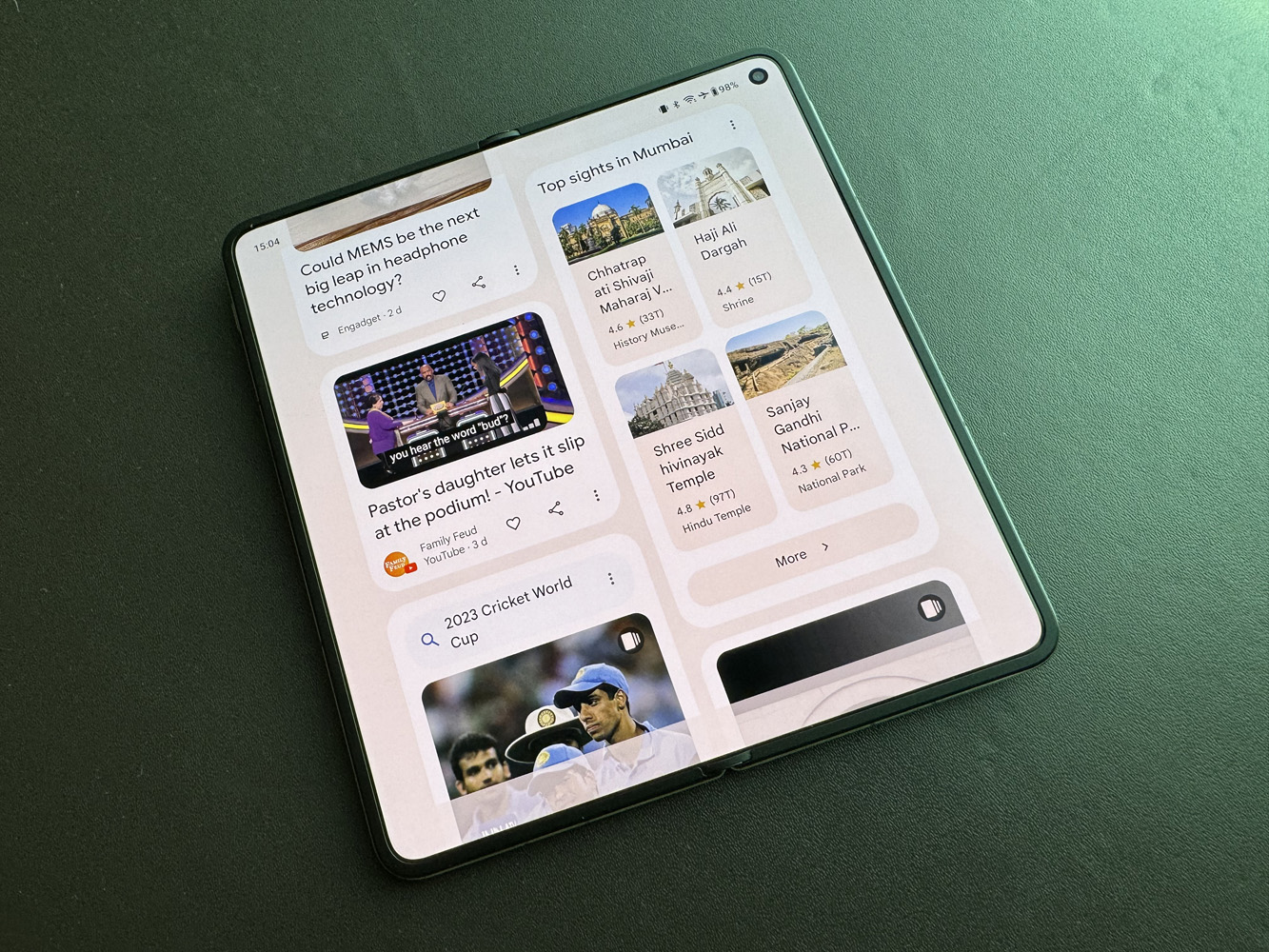
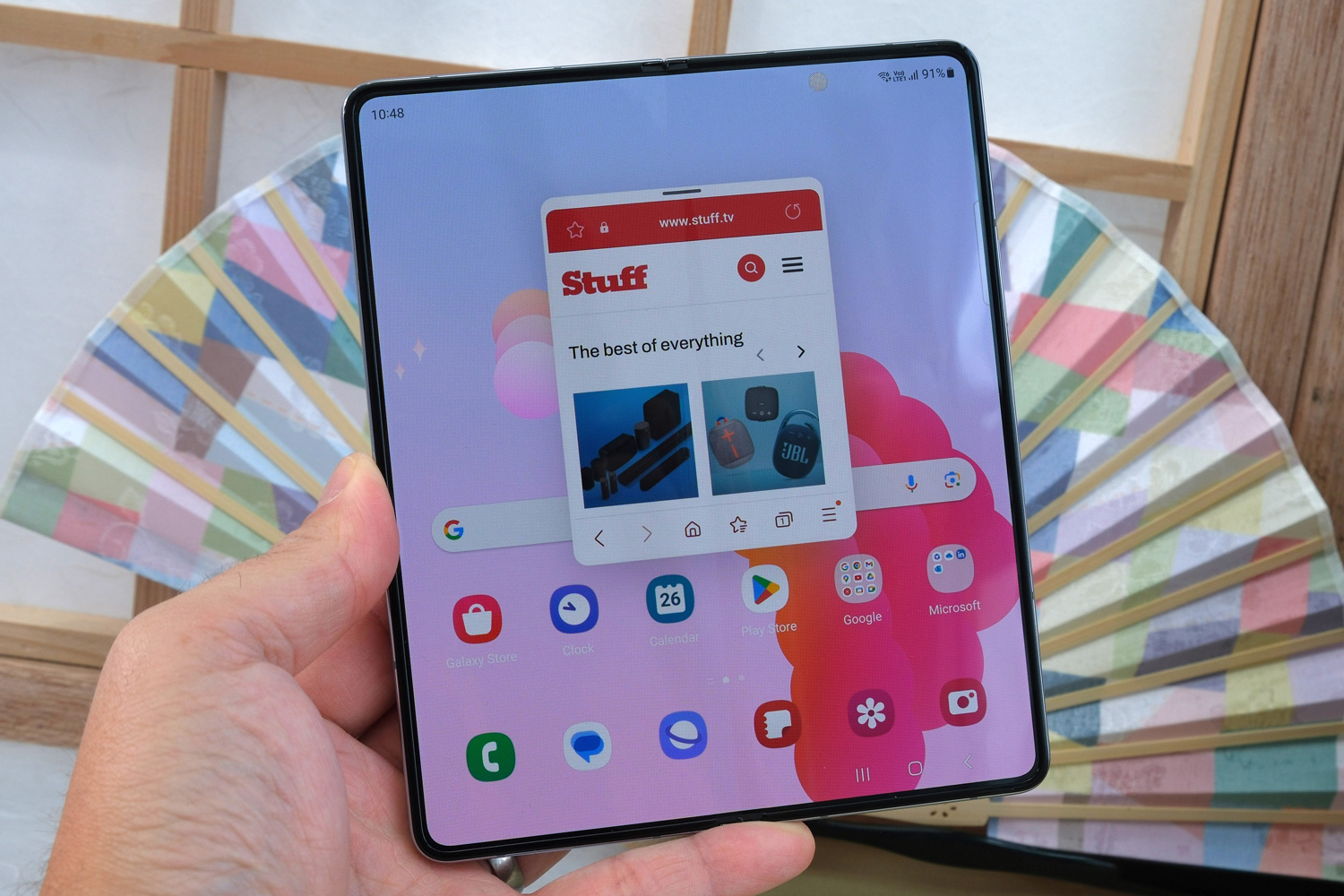
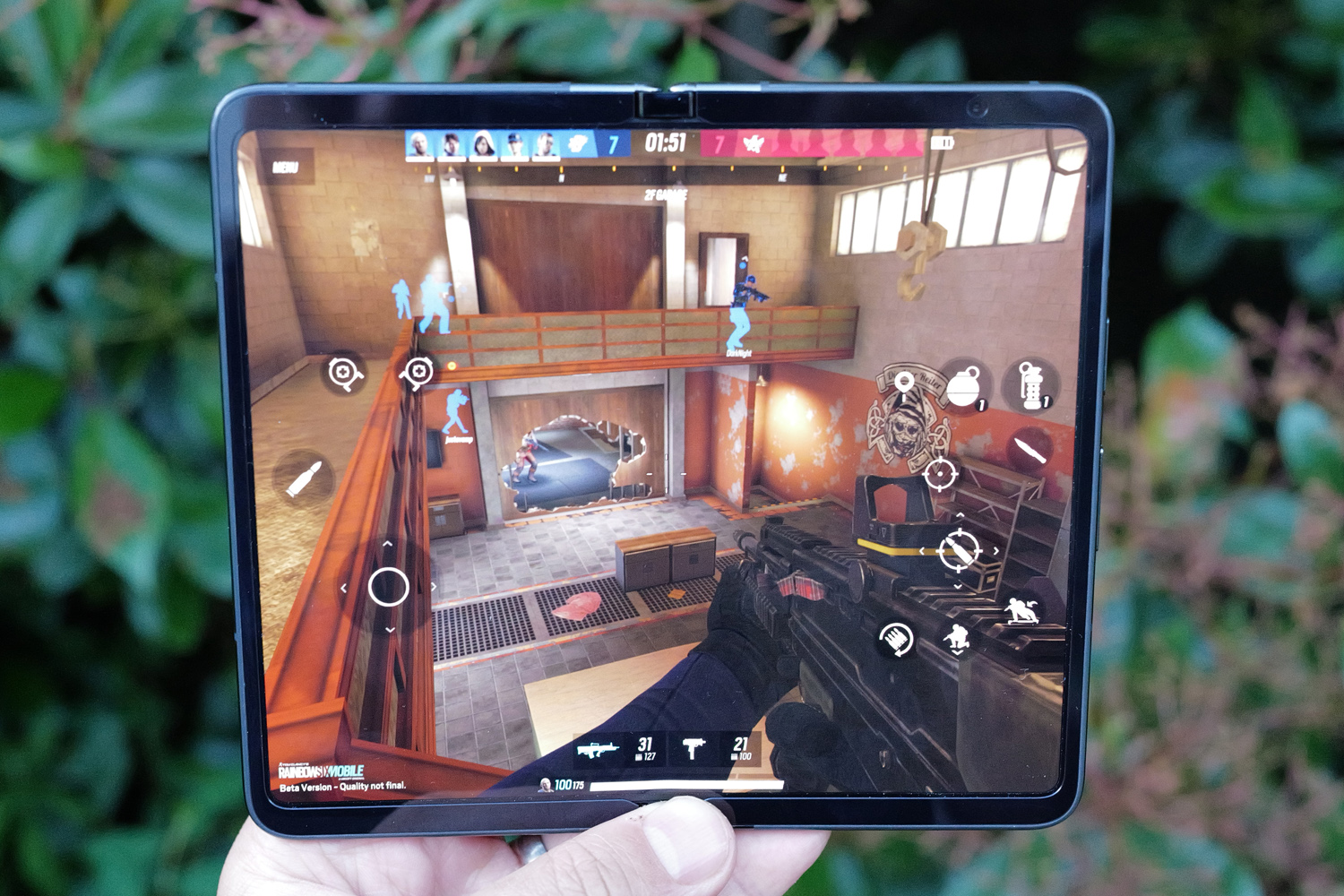
The OnePlus and Samsung have pretty much the same platform inside. Both deploy Qualcomm’s Snapdragon 8 Gen 2, though the Samsung has a slightly different version known as ‘For Galaxy’.
Both phones also have 16GB of RAM, but the OnePlus only offers a single storage size at 512GB. The Galaxy Z Fold 5 can be bought with up to and as much as 1TB of storage.
As with every other recent Google Pixel phone, there’s a bespoke Tensor processor inside the Pixel Fold. This time it’s the Tensor G2. Here it’s paired with 12GB of RAM and 256 or 512GB of on-board storage.
The Snapdragon 8 Gen 2 seems to be a bit better in the performance stakes than the Tensor G2. But Google’s tight integration between software and hardware does bring some advantages. This is particularly the case with certain features such as image processing and Google Assistant command speeds.
Certainly we’ve found the Pixel Fold can run a little hot. But this isn’t something the Galaxy Z Fold 5 or OnePlus Open suffer with.
The Pixel Fold has a similar sized (4,821mAh) battery to the OnePlus Open (4,805mAh). Both have a larger battery than the Samsung (4,400mAh). We weren’t that impressed with the Pixel Fold’s longevity during our review. It was bettered by the more efficient Z Fold 5. The OnePlus Open seems similarly efficient, which it should do given the same hardware. However, it does have a bigger battery than the Samsung…
OnePlus Open vs Galaxy Z Fold 5 vs Google Pixel Fold verdict: which should you choose?
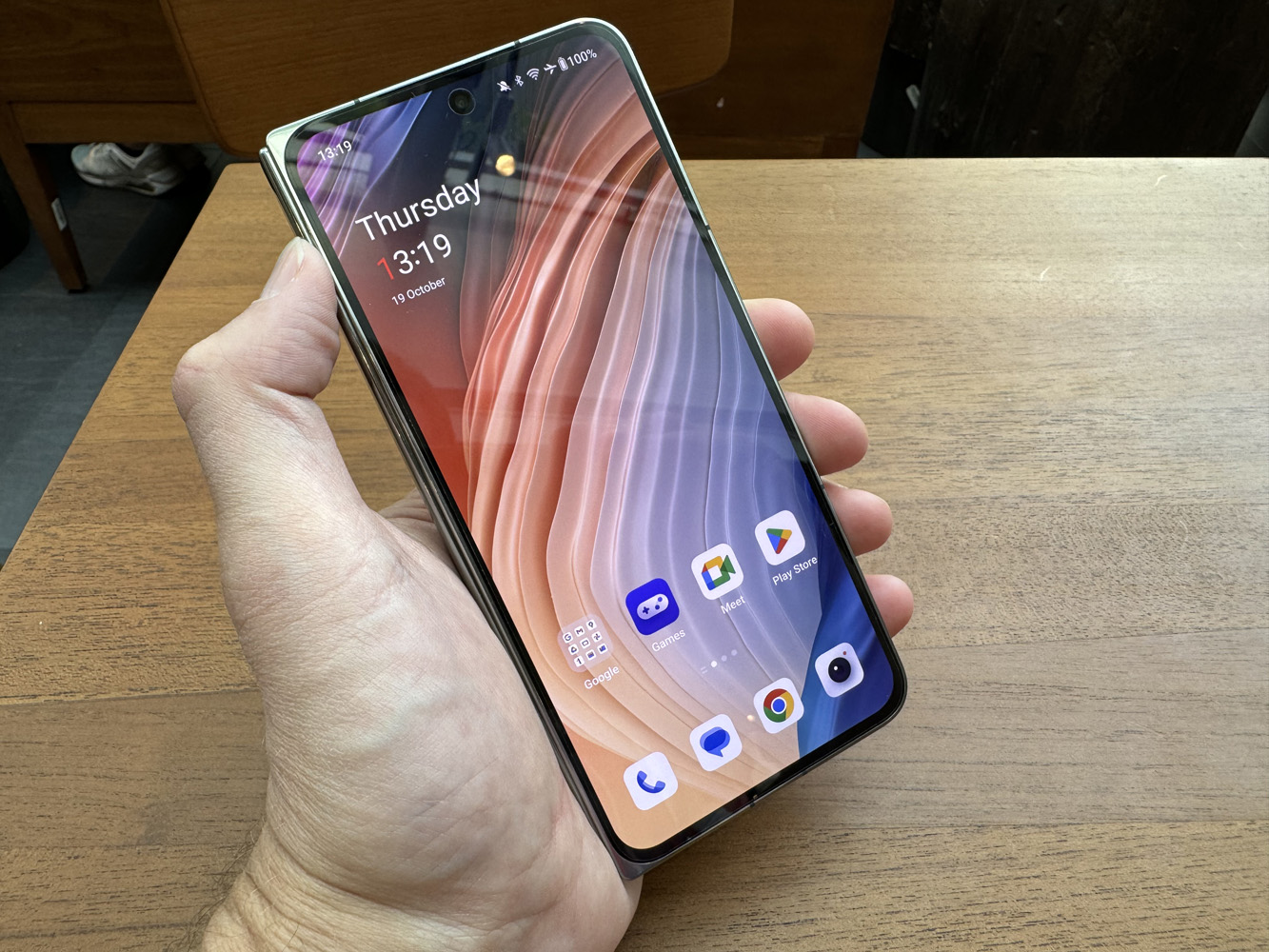
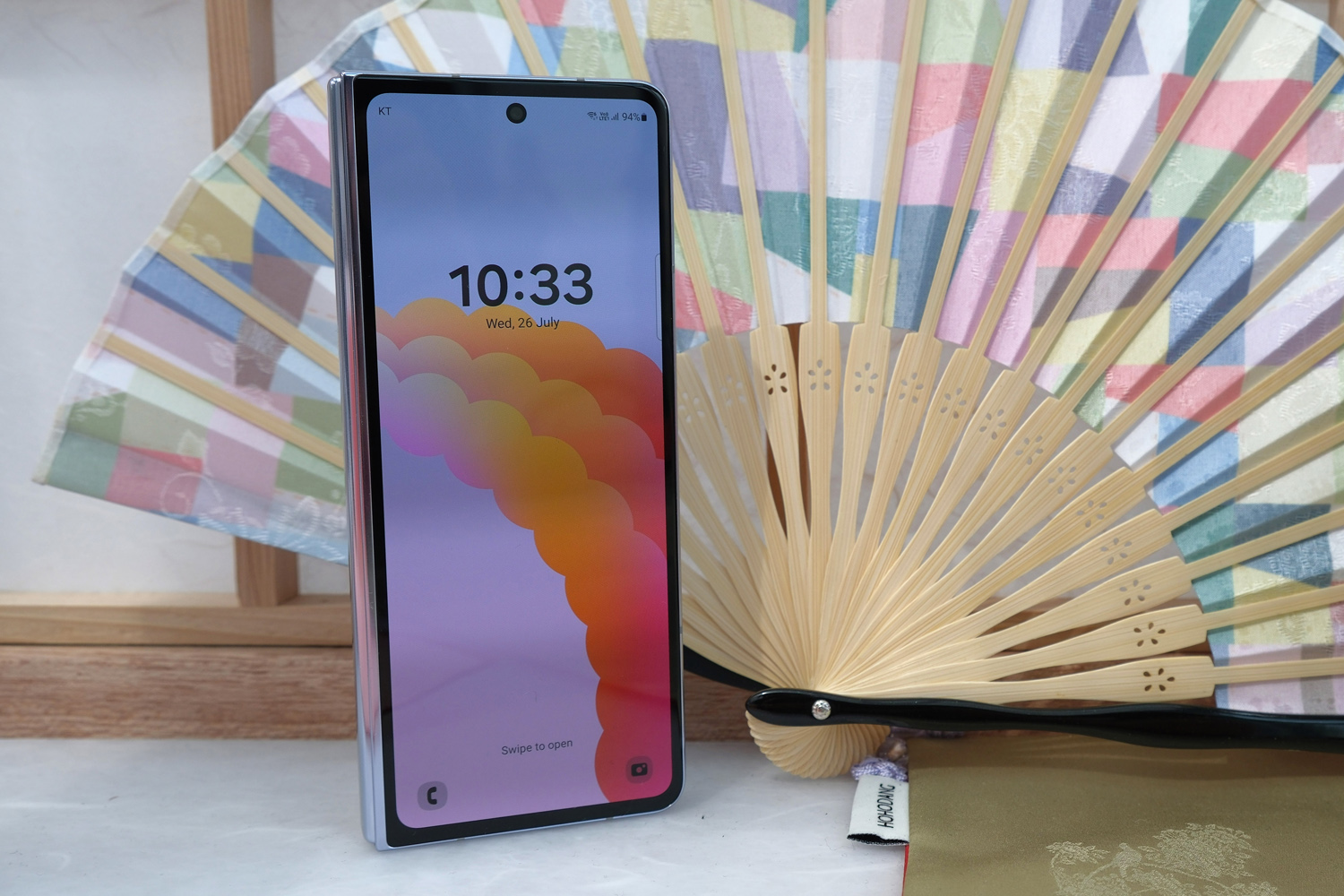
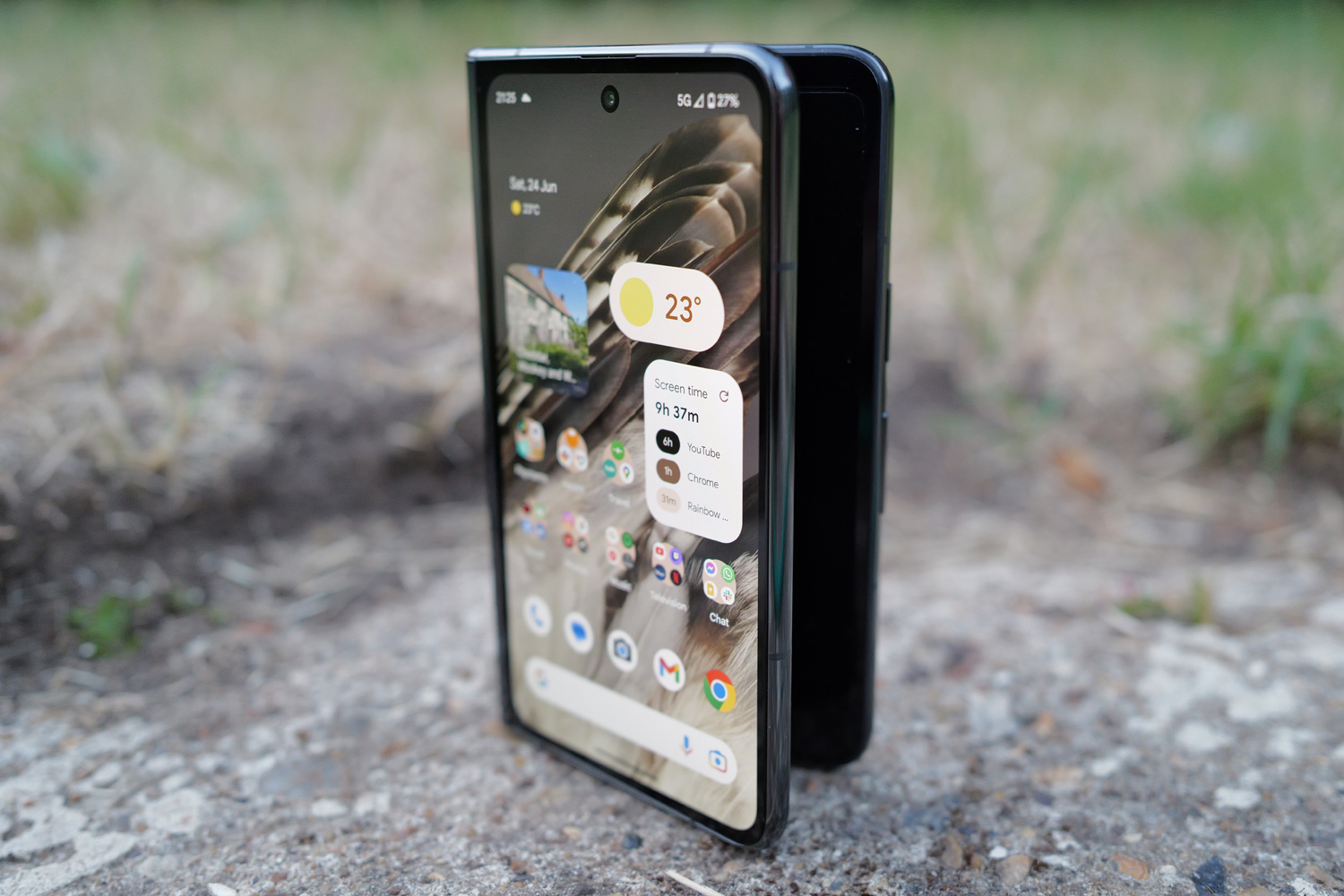
All three of the foldable phones in this OnePlus Open versus have their good points and not-so-good points. But it’s clear that the Pixel Fold has a little bit of a disadvantage in terms of its weight, so-so battery life and processor power. I do like Google’s image processing, I always have. And the wider display makes it seem more like a conventional smartphone.
But Samsung’s Z Fold 5 improves on it in most ways. Plus Samsung has now quite a lot of experience in making its software more multitasking friendly, while the camera selection is decent, too.
However, it’s the OnePlus Open that impresses even more in many ways. Its software may not be as comprehensive as Samsung’s or even Google’s. But the phone is cheaper yet similarly specified to the Z Fold 5. It’s also lighter yet boasts slightly larger displays. And that’s why it comes out on top here.

